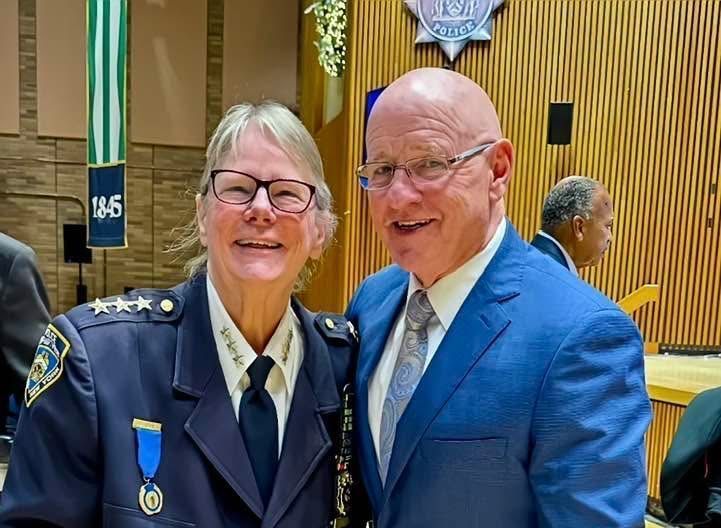[caption id="attachment_71994" align="aligncenter" width="600" caption="Dan Gurney is one of the artists releasing a CD at next month’s Catskills Irish Arts Week. "]
This year marks the 18th annual Catskills Irish Arts Week, one of the country’s finest celebrations of Irish music and culture. “The Catskills,” or CIAW for short, has become legendary in traditional Irish music circles.
Paul Keating (the week’s dynamo director) and I recently sat down and talked about CIAW’s past, present and future. He explained that the week began as a one-day festival in Schoharie County, N.Y. In those early years, the roadhouses and resorts in nearby East Durham were where festival-goers went for good, after-hours craic. Three years in, the festival was invited to set up shop in East Durham, where it developed into the prestigious teaching week it has now become.
CIAW takes very much after the annual Willie Clancy week in Miltown Malbay, Co. Clare, in that classes are offered in the mornings and afternoons, lectures occur daily (this year’s schedule includes Matt Cranitch talking about Seamus Creagh, Fintan Vallely talking about the second edition of his “Companion to Irish Traditional Music” and Na Píobairí Uilleann’s executive director Gabe McKeon), CD and book launches happen regularly (Cathal McConnell’s new book “I Have Traveled This Country” will launch there, as will the new albums of Dylan Foley, Dan Gurney, Caitlinn NicGabhann, Catherine McEvoy and Dermot Byrne), concerts and céilithe take place nightly, and there are all the sessions one can handle. The week comes to a close with a day-long festival named after legendary New York fiddler Andy McGann, where all the instructors (and then some) perform. It’s a grand event.
The week’s success is due, in great measure, to its large, world-class faculty. CIAW has an unusually expansive teaching staff, and Keating boasts of counting the likes of old-style concertina player Dymphna O’Sullivan, fiddler Mick Conneely, singer Michael Black (of the famous Black family of singers) and set dance teacher Padraig McEneany among this year’s names. The international reputation of CIAW’s instructors has helped attract people from all over the United States, Canada, and overseas.
The week’s success is also aided by the spirit of camaraderie it inspires. The environment is non-competitive and nurturing. At the seemingly innumerable sessions, for example, young people sit alongside top musicians; they learn the music and make lifelong bonds with real people as well as with their heritage – it’s the kind of experience that brings people back year after year.
But like so many music and culture weeks across the country, CIAW still needs support from the community at large. Diminished arts funding from granting organizations combined with a lagging economy threaten to conspire against even the most noble of efforts (especially if these efforts include bringing artists in from overseas). Help support the week by attending the public concerts and attending the Andy McGann Festival on July 21. It’s great music, and it’s important that the outlets that present it are properly looked after!
Speaking of great music, fiddle player Matt Mancuso and singer and guitarist Patsy O’Brien (both of the Cathy Ryan Band) have released a marvelous new album called “Road Work” that uses a diverse array of stylistic influences to breathe fresh creative air into well-trod classics.
Half the album’s tracks are purely instrumental and are very much about Mancuso’s fiddle playing. Mancuso is a daring and adroit player who has an adventurous approach to ornamentation and variation, which is especially apparent on tracks like “Kincora Jigs” (which ends in a soaring version of “Seanamhac Tube Station”) and “Dumphy’s Wing” (which has some fiddle passages one might call “insane”). O’Brien’s role isn’t to be overlooked, however. A handy guitarist with a sophisticated harmonic and stylistic palette, he adds a jazzy flair to many of these tracks and matches Mancuso’s energy well.
The songs, however, are where O’Brien shines. His is a confident and smooth voice that conveys a charming intimacy. For this album, O’Brien has selected a handful of rather conspicuous numbers that showcase his voice well. But instead of running roughshod through these well-worn songs (as you’ve doubtless heard others do many times before), he transforms them. For example, his hip arrangement of “Rocky Road to Dublin” (which is a slip jig) slips into a waltz-like feel at times, whereas “Black is the Color” receives a jazzy, almost bossa nova treatment. Further, the classic “I Know My Love” is bookended by a shimmery, impressionistic riff that sets a plaintive tone, while the darker and harder “Madam I’m a Darlin’,” which features Mancuso’s smart fiddle accompaniment, has a vibe that would appeal equally to country/Americana and Irish traditional audiences.
Ultimately, “Road Work” is an excellent album from a pair of high level players who very clearly share a kindred stylistic bond.
For more information go on the 2012 Catskills Irish Arts Week, which takes place from July 15-21, go to http://www.catskillsirishartsweek.org










